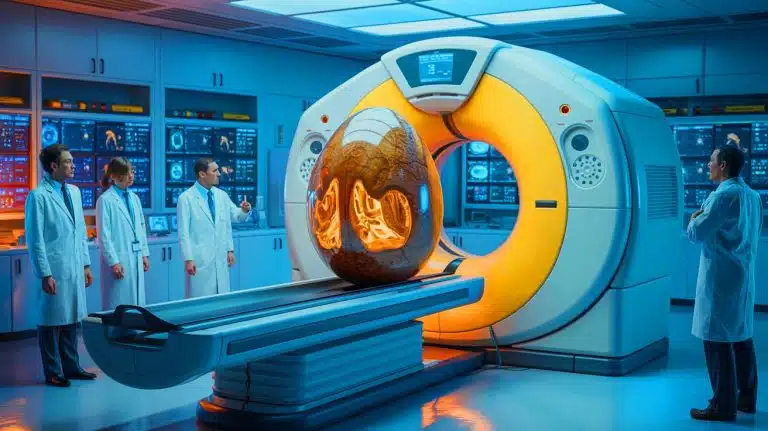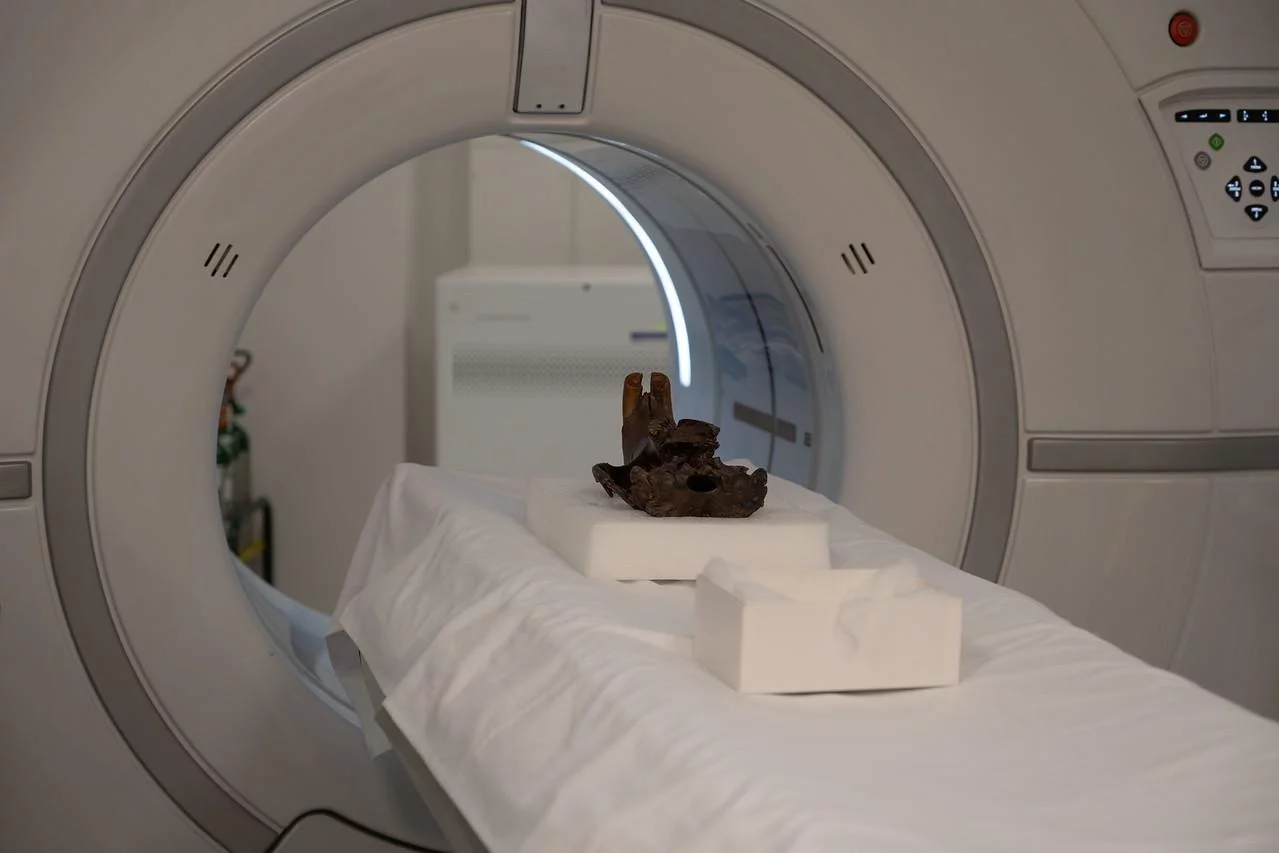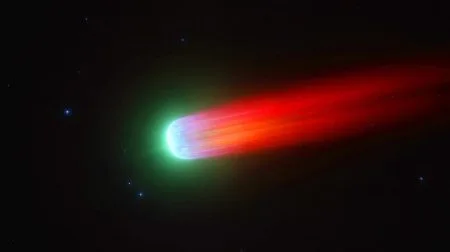| IN A NUTSHELL |
|
In an exciting collaboration between the New York State Museum and Albany Medical Center, paleontologists have embarked on a groundbreaking journey to uncover ancient secrets hidden within two rare artifacts: a dinosaur egg and a Giant Beaver skull. Utilizing advanced CT scanning technology, experts aim to delve deeper into the internal structures of these artifacts, offering a glimpse into the past that promises to revolutionize our understanding of these extinct species. This initiative not only highlights the importance of interdisciplinary collaboration but also sets the stage for future discoveries that will enrich our knowledge and appreciation of natural history.
Unraveling the Mysteries of the Duck-billed Dinosaur Egg
The dinosaur egg under scrutiny is believed to belong to the Hadrosaur family, commonly known as duck-billed dinosaurs, which roamed the earth during the late Cretaceous Period. This egg, estimated to be between 70-80 million years old, provides a unique opportunity to explore the reproductive habits of these fascinating creatures. Although its exact origin is thought to be Asia, Hadrosaurs had a wide distribution, including regions in the Northeastern United States.
The CT scan, while not definitive in identifying an embryo due to insufficient density variations, has revealed encouraging results. The egg’s structural integrity appears intact, and the presence of a small internal cavity has opened new avenues for research. Scientists are eager to investigate this cavity further to determine its contents or significance. This discovery underscores the importance of ongoing paleontological research, which continues to shed light on the lives of extinct creatures.
Remarkably, a recent discovery in Mongolia revealed a massive hadrosaurid footprint measuring approximately 35 inches across, further exemplifying the continuous advancements in our understanding of these ancient beings. As researchers delve deeper into the mysteries of the dinosaur egg, the potential for groundbreaking insights into the life and times of Hadrosaurs remains immense.
Unlocking Secrets of the Rare Giant Beaver Skull
The second artifact subjected to CT scanning is the skull of a Giant Beaver, scientifically known as Castoroides ohioensis. This extinct Pleistocene epoch rodent rivaled the size of a modern black bear, making it one of the largest beavers to have ever existed. The New York State Museum’s collection includes the first described skull of this species, marking it as an invaluable specimen for scientific study.
The examination of the Giant Beaver’s skull through CT scans promises to yield unprecedented insights into its anatomy. Researchers anticipate discovering more about its diet, behavior, and evolutionary journey during the Ice Age. The extinction of the Giant Beaver, likely around 10,000 years ago, is attributed to a combination of climatic shifts and habitat destruction, offering a cautionary tale of environmental change.
Dr. Robert Feranec, Director of Research and Collections, emphasizes the significance of these scans in enhancing our understanding of extinct creatures. The expertise of the scientists involved, combined with cutting-edge technology, allows for a closer look at these ancient relics, shedding light on their reproductive and developmental patterns. As research continues, the potential for new revelations about the Giant Beaver remains high.
Collaborative Efforts in Scientific Exploration
The success of the CT scans is a testament to the power of collaboration between different scientific disciplines. The partnership between the New York State Museum’s paleontologists and radiological experts at Albany Medical Center has been pivotal in advancing this research. Such collaborations are crucial for unlocking and preserving the rich history of New York State and, by extension, our understanding of prehistoric life.
The insights gained from the scans serve as momentum, propelling researchers closer to unveiling the secrets within the dinosaur egg and Giant Beaver skull. As museum researchers continue to analyze the data in the coming weeks and months, the anticipation for new findings grows. These efforts not only contribute to our scientific knowledge but also inspire future generations to appreciate and explore the wonders of natural history.
Michael Mastroianni, Interim Deputy Commissioner of Cultural Education, highlights the long-term value of the information obtained from these scans. It will serve as an invaluable resource for researchers and educators, ensuring that the knowledge gained will benefit scientific inquiry and public education for years to come.
The Future of Paleontological Discovery
As the research unfolds, the potential discoveries from the dinosaur egg and Giant Beaver skull hold significant promise for the field of paleontology. These findings could redefine our understanding of extinct species, offering a more comprehensive view of their lives and environments. The use of advanced technology like CT scanning represents a leap forward in our ability to explore and document ancient history with unprecedented detail.
The continued analysis of these artifacts will likely yield new insights, further enriching our comprehension of the natural world. As we reflect on these scientific advancements, we are reminded of the importance of preserving our past to inform our future. The collaboration between institutions and the dedication of researchers play a vital role in ensuring that these treasures from the past are not only studied but celebrated.
What other hidden secrets might be waiting to be discovered within the collections of museums around the world, and how might they shape our understanding of our planet’s history?
Did you like it? 4.3/5 (26)









Wow, 80 million years! That’s older than my morning coffee ☕
Can the CT scan actually show us if there’s an embryo inside the egg? 🤔
This is fascinating! Thank you for sharing such a groundbreaking discovery.
Is it possible that this dinosaur egg could still contain viable DNA? 🌿🦖
80 million years and still intact? That’s some serious egg durability!
Did they find anything surprising inside the Giant Beaver skull?
This article makes me want to visit the New York State Museum!
Are there plans to scan more dinosaur eggs in the future?
Interdisciplinary efforts are so important. Kudos to the team involved!
How accurate are CT scans in revealing details of ancient artifacts?
Hope they find something groundbreaking in that cavity. Exciting stuff!
Did the CT scan reveal anything about the diet of the Giant Beaver?
Can we expect more articles like this? This was an awesome read!
Why is the Giant Beaver’s extinction so important to study? 🤷
I bet that dinosaur egg has seen some stuff! 😂
How did they determine the egg’s age? That’s pretty cool! ⏳
Thank you for this informative piece. Paleontology rocks! 🦴
What other extinct species could benefit from CT scan analysis?
Is it just me, or does anyone else want a pet Giant Beaver now? 😄
How do they ensure these delicate artifacts aren’t damaged during scans?
I wonder if the findings will change our understanding of dinosaurs?
Why is the collaboration between the museum and medical center so significant?
The photos in the article were stunning. Great visual storytelling!
What are the next steps after these initial scans? Curious to know more!
I love how science keeps revealing new secrets from the past. Great read!
Could CT scans help us learn more about dinosaur behavior? 🤔
Thank you for the detailed explanation. This is truly groundbreaking work.
How does this discovery impact our understanding of dinosaur reproduction?
The Giant Beaver sounds like a creature out of a fantasy book! 🐾
Are there any plans to exhibit these findings to the public?
I never knew beavers could be so giant. Nature never ceases to amaze!
Could these findings lead to new educational programs for kids?
How does the size of the Giant Beaver compare to modern beavers? 🦫